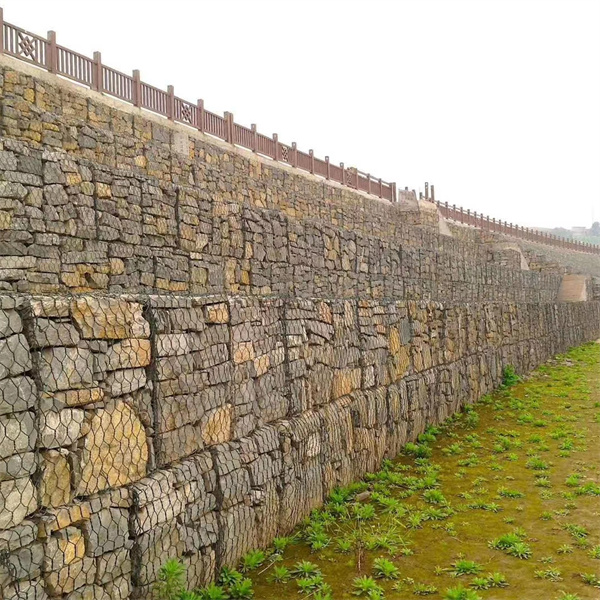sep . 11, 2024 05:51 Back to list
Best Install Gabion Wall | Expert Guide for Durable and Attractive Landscaping
Best Installation Practices for Gabion Walls
Gabion walls have become increasingly popular in landscape design and civil engineering due to their durability, versatility, and aesthetic appeal. These structures consist of wire mesh containers filled with stones or other materials and serve a variety of purposes including erosion control, retaining walls, and decorative features. Proper installation is key to ensuring their effectiveness and longevity. Here are some best practices for installing gabion walls.
1. Planning and Design
Before starting any installation, it is essential to plan the design considering the purpose of the wall. Determine the height, length, and location, keeping in mind the surrounding environment and potential load-bearing requirements. Proper planning helps to ensure that the wall meets structural and aesthetic needs.
2. Site Preparation
The next step involves preparing the site. This includes clearing the area of vegetation, debris, and any obstacles that might interfere with the installation. It's also crucial to assess the soil condition. If the soil is too loose or unstable, consider utilizing a more robust foundation, such as compacted gravel, to provide added support.
A solid foundation is critical for the stability of a gabion wall. Depending on the wall's height and design, dig a trench that is wider and deeper than the gabion baskets. A gravel base enhances drainage and minimizes the risk of water retention and erosion behind the wall. Lay the gravel and compact it to create a sturdy base.
4. Assembling Gabion Baskets
best install gabion wall

Once the foundation is ready, assemble the gabion baskets according to the manufacturer's instructions. Ensure that the wire mesh is strong and free from corrosion, as this will ensure the longevity of your wall. For larger structures, you may want to consider using double-twist wire mesh for extra strength.
5. Filling the Baskets
As you fill the gabion baskets, choose stones that are well-graded and durable. It's important to fill the baskets evenly to ensure that they maintain their shape and provide adequate structural support. Avoid overfilling, as this can cause the basket to bulge and compromise its integrity.
6. Securing Baskets Together
After filling the baskets, secure them together using wire ties or clips. This prevents them from shifting and enhances the overall strength of the wall. Depending on the height and design of the wall, you might also consider creating a stepped appearance for added stability.
7. Finishing Touches
Finally, once all baskets are in place, consider adding vegetation or decorative elements around the gabion wall to blend it with the landscape. Plants can help with erosion control while adding visual appeal.
In conclusion, the successful installation of gabion walls relies on meticulous planning, site preparation, and appropriate construction techniques. When done correctly, gabion walls can provide a durable, functional, and attractive solution for various landscaping and engineering challenges.
-
Understanding Load-Bearing Capacity of Gabion Boxes
NewsJul.17,2025
-
The Importance of Corrosion-Resistant Wire in Gabion Construction
NewsJul.17,2025
-
How Gabion Boxes Prevent Soil Erosion Effectively
NewsJul.17,2025
-
Environmental Benefits of Gabion Cages
NewsJul.17,2025
-
Best Stone Types for Gabion Walls with Steps
NewsJul.17,2025
-
Benefits of Using Rock Gabion Baskets in Landscaping
NewsJul.17,2025
-
The Role of Galvanized Gabion Mesh in Riverbank Protection
NewsJun.26,2025






